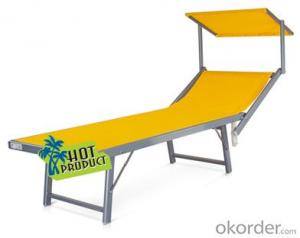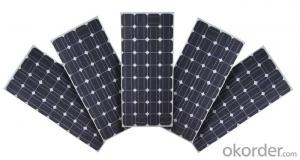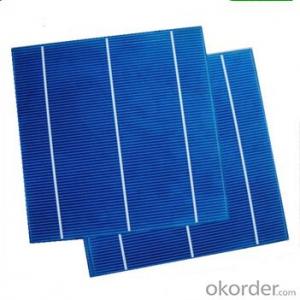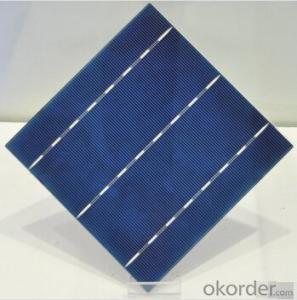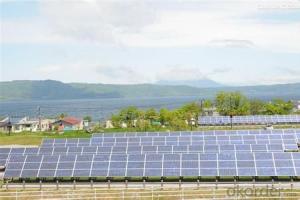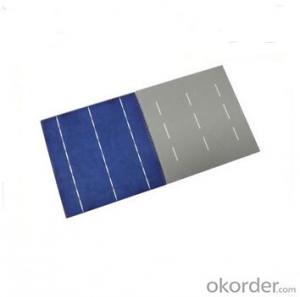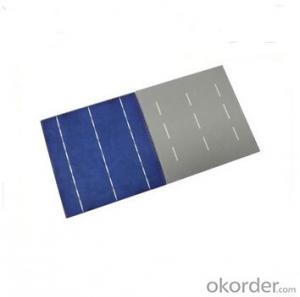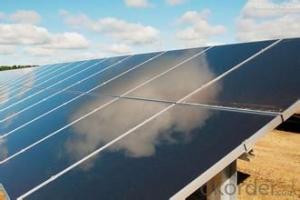Folding Solar Cells
Folding Solar Cells Related Searches
Raw Material For Solar Cells Roof Shingles With Solar Cells High Quality Solar Cells Light Trapping In Solar Cells High Performance Solar Cells High Output Solar Cells Best Solar Cells In The World Energy Transfer In Solar Cells Recombination In Solar Cells Hot Solar CellsHot Searches
Wholesale UPVC Pipe Price Philippines Outdoor Led Signs Wholesale Led Signs Wholesale Wholesale Knife Price Philippines Wholesale Glue Gun Price Philippines Wholesale Laser Rangefinder Price Philippines Wholesale Drill Bit Price Philippines Wholesale Scissors Price Philippines Wholesale Chisel Price Philippines Wholesale Wrench Price Philippines Solar Items Wholesale White Plastic Folding Chairs Wholesale Black Plastic Plant Pots Wholesale Cost Of Folding Chairs Plastic Flower Buckets Wholesale Wholesale Plastic Folding Chairs Wholesale Plastic Hanging Baskets Plastic Planter Liners Wholesale Cheap Flower Pots Wholesale 3 Gallon Nursery Pots WholesaleFolding Solar Cells Supplier & Manufacturer from China
Okorder.com is a professional Folding Solar Cells supplier & manufacturer, offers integrated one-stop services including real-time quoting and online cargo tracking. We are funded by CNBM Group, a Fortune 500 enterprise and the largest Folding Solar Cells firm in China.Hot Products
FAQ
- Solar cells can still perform efficiently in areas with frequent hurricanes, provided they are properly installed and designed to withstand severe weather conditions. It is crucial to use durable materials and secure mounting systems to ensure the panels are not damaged or dislodged during high winds. Additionally, incorporating measures like reinforced frames and hurricane-resistant glass can further enhance their resilience. However, it is important to note that extreme weather events may temporarily disrupt solar power generation due to damaged infrastructure or reduced sunlight availability.
- Shading has a significant negative effect on solar cell performance as it reduces the amount of sunlight reaching the cell, leading to decreased energy production. Even a small shaded area can cause a significant drop in efficiency, as solar cells are interconnected and operate in series. The shaded portion acts as a barrier, limiting the flow of current and reducing overall power output. Therefore, it is crucial to minimize shading to maximize the performance and efficiency of solar cells.
- Yes, solar cells can be used on windows. Transparent solar panels known as "solar windows" can be installed on windows to generate electricity while still allowing light to pass through. These solar windows are a promising technology for integrating renewable energy generation into buildings.
- Yes, solar cells can power an entire house. With advancements in technology, solar cells are becoming more efficient and affordable. By installing a sufficient number of solar panels on the roof of a house, it is possible to generate enough electricity to meet the energy needs of the entire household, including powering appliances, lighting, heating, and cooling systems. Additionally, excess energy can be stored in battery systems or fed back into the grid for use during cloudy days or at night.
- Yes, solar cells can be used on road surfaces. Solar roadways or solar panels embedded within road surfaces are being developed to generate clean and renewable energy. These solar cells can capture sunlight and convert it into electricity, which can be used to power streetlights, traffic signals, or even charge electric vehicles. However, the technology is still in its early stages and faces practical challenges such as durability and cost-effectiveness.
- Yes, solar cells can be used in remote sensing applications. Solar cells are capable of converting sunlight into electrical energy, which can power various remote sensing instruments and devices. This enables the collection of data and information from remote areas where conventional power sources may not be readily available. Solar-powered remote sensing systems are widely used in applications such as weather monitoring, environmental monitoring, agriculture, and surveillance, among others.
- The amount of space required to install solar cells can vary depending on factors such as the size and efficiency of the solar panels, the energy needs of the location, and the available sunlight. However, on average, it is estimated that 10 to 20 square meters of space is typically needed to install a kilowatt of solar panels.
- Are there any library or exhibition halls where I can show students at school how the solar cells works?
- Why don't you arrange a tour to the solar cell library in downtown?
